 Last week, a colleague of mine and I held a summer piano mini-camp with the help of our piano professor. Here’s what we did:
Last week, a colleague of mine and I held a summer piano mini-camp with the help of our piano professor. Here’s what we did:
- We planned to hold the camp on Tuesday, Wednesday, and Thursday from 12:30 – 2:30pm.
- Application forms were sent to all the piano teachers who are members of our local chapter of MTNA and Michigan MTA.
- We charged a fairly low rate, to encourage more participants.
- Location: my piano professor’s church, where there are a number of nice pianos and plenty of rooms for us to use — at no cost to us.
We received applications from 11 students. The students ranged in age from 7 years to 13 years old.
We planned a rotating schedule, where the students were divided by age into 3 groups (which we named A, B, and C) and rotated from class to class. My colleague taught Music History class, I taught Music Theory class, and my piano professor taught Performance Class. Here’s how we divided our time:
12:30 – 12:45 Opening activities (all campers). 12:45 – 1:15 1st class 1:15 – 1:45 2nd class 1:45 – 2:00 Snack time 2:00 – 2:30 3rd classThe snack each day was different, consisting of items such as pretzels, fruit snacks, goldfish crackers, and juice packs. Nothing too sugary or expensive! We were very careful to keep our expenses low. Snacks were our largest expense; the rest were simply a few craft supplies needed for games/activities.
The camp was quite a success! Our campers had a great time. A few of the parents even asked if we would be holding camp again next year.
Stay tuned — I’ll be sharing more about the opening activities we used and more about my Music Theory class soon!
Photo credit: Wikimedia Commons



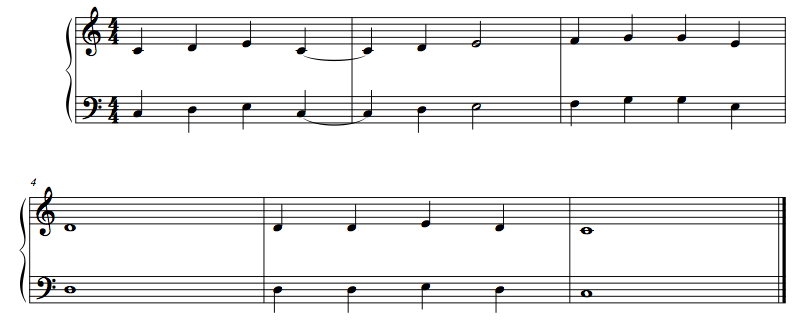
 June is over (summer is going by so quickly!!), and so is the
June is over (summer is going by so quickly!!), and so is the 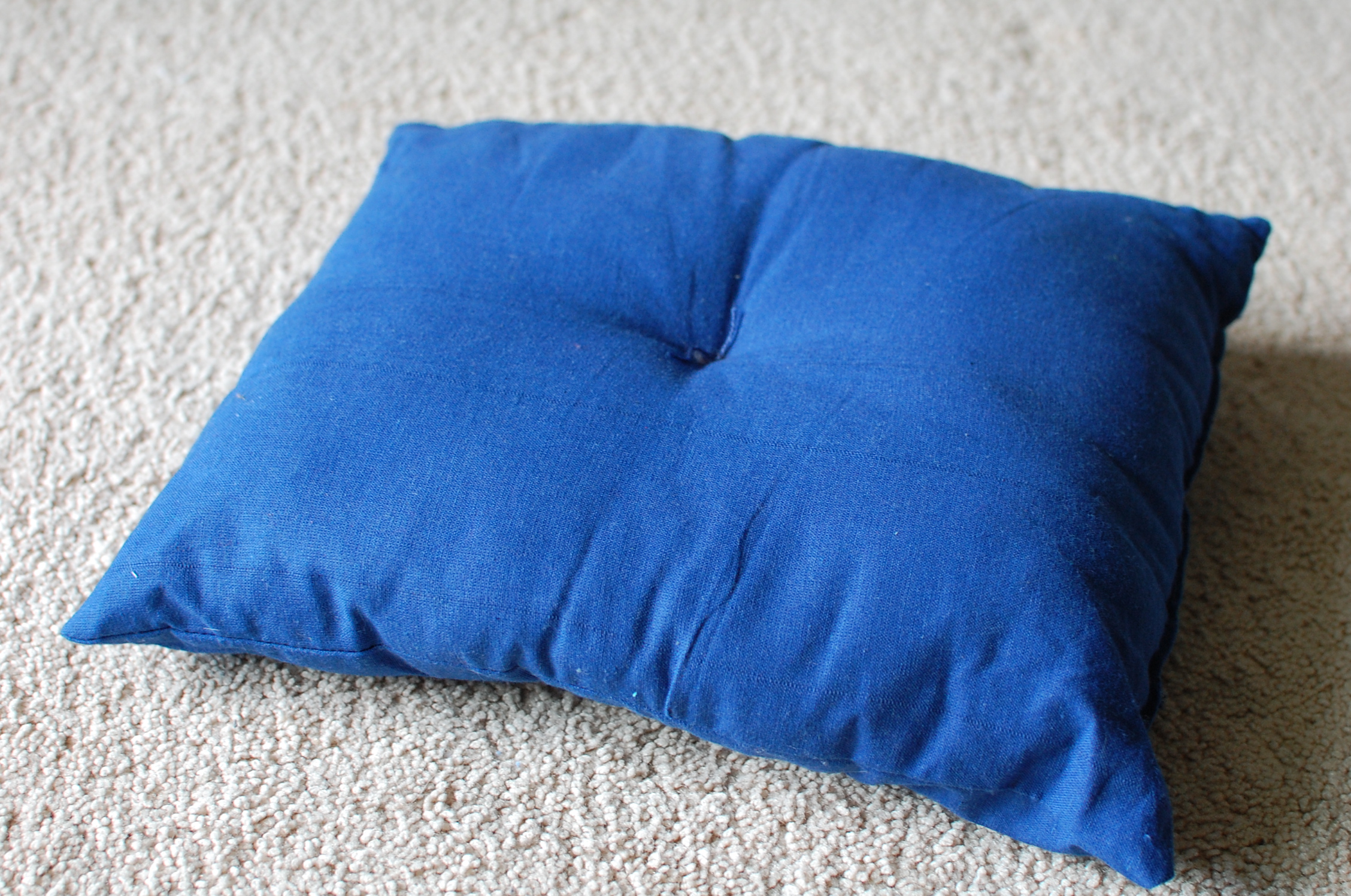
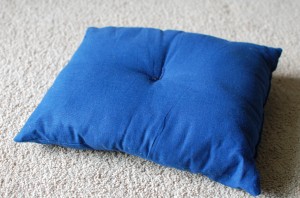
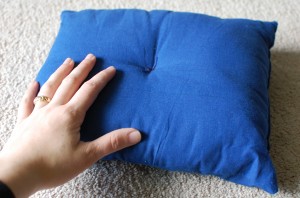
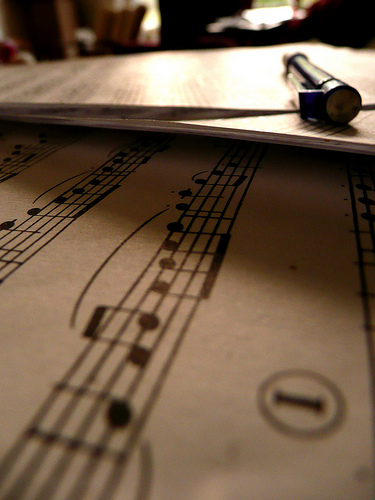
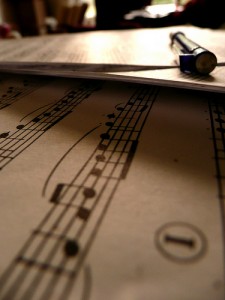 I was talking to a parent after teaching a lesson yesterday, and she told me that her older daughter (who plays a few different band instruments, but is not currently taking piano lessons) is attending a band camp for high schoolers this week. Upon arrival, the camp gave her daughter a theory placement test, and she scored a 2B (I’m not sure what leveling system they were using, but her mother had expected her to score higher). Her mother was a little perturbed because she has paid for many years of lessons for her daughter, but only a few of her daughter’s past teachers taught theory as component of taking private lessons. She wondered, shouldn’t my daughter have gotten more theory training than this? What have I been paying all this money and time for?
I was talking to a parent after teaching a lesson yesterday, and she told me that her older daughter (who plays a few different band instruments, but is not currently taking piano lessons) is attending a band camp for high schoolers this week. Upon arrival, the camp gave her daughter a theory placement test, and she scored a 2B (I’m not sure what leveling system they were using, but her mother had expected her to score higher). Her mother was a little perturbed because she has paid for many years of lessons for her daughter, but only a few of her daughter’s past teachers taught theory as component of taking private lessons. She wondered, shouldn’t my daughter have gotten more theory training than this? What have I been paying all this money and time for?
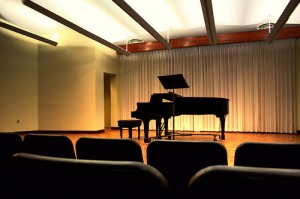 Your hands are cold and shaky, your heart is racing, and you find it hard to breath. Are you sick? Are you having a nightmare? No, you’re about to play your instrument in a recital, and the symptoms you are experiencing are due to performance anxiety — better known as stage fright.
Your hands are cold and shaky, your heart is racing, and you find it hard to breath. Are you sick? Are you having a nightmare? No, you’re about to play your instrument in a recital, and the symptoms you are experiencing are due to performance anxiety — better known as stage fright.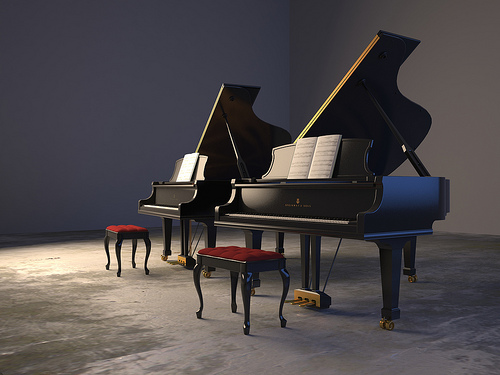
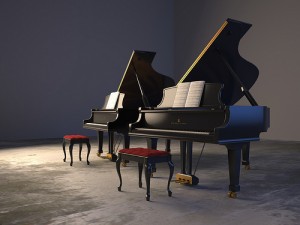 Today’s post is in answer to a question I received from a reader via email:
Today’s post is in answer to a question I received from a reader via email:
 Many of you may remember being required by your piano teachers growing up to practice a certain amount of minutes each day/week. Perhaps your requirement looked something like this:
Many of you may remember being required by your piano teachers growing up to practice a certain amount of minutes each day/week. Perhaps your requirement looked something like this:
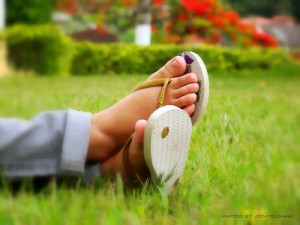 As mentioned yesterday, a new series is being introduced here at Color In My Piano: a monthly forum of sorts, where readers put their heads together a discuss various topics. The success of this series depends on YOU, so please, type away!
As mentioned yesterday, a new series is being introduced here at Color In My Piano: a monthly forum of sorts, where readers put their heads together a discuss various topics. The success of this series depends on YOU, so please, type away!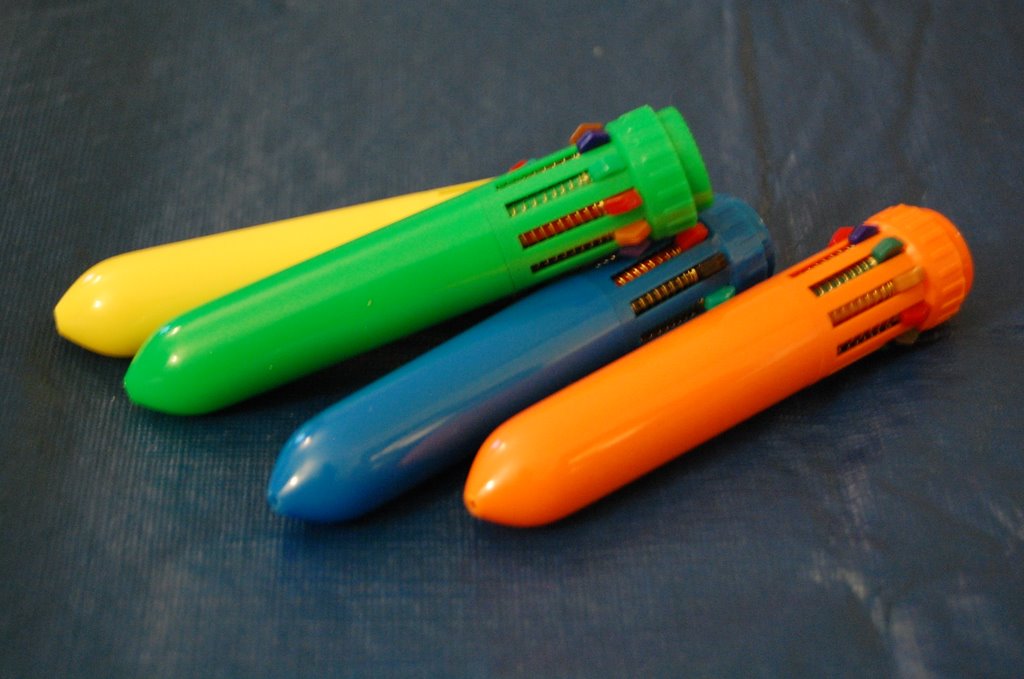
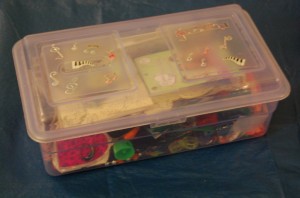
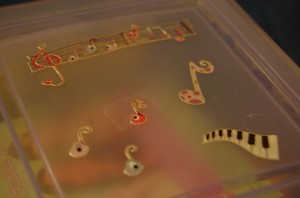
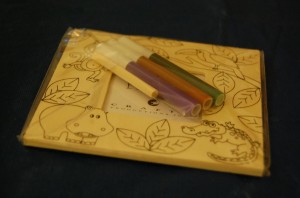

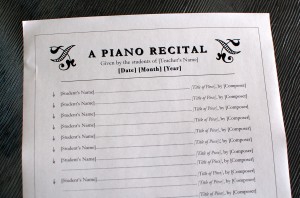 Today’s free printable is a another template of a piano studio recital program, for listing students’ names and pieces.
Today’s free printable is a another template of a piano studio recital program, for listing students’ names and pieces.
